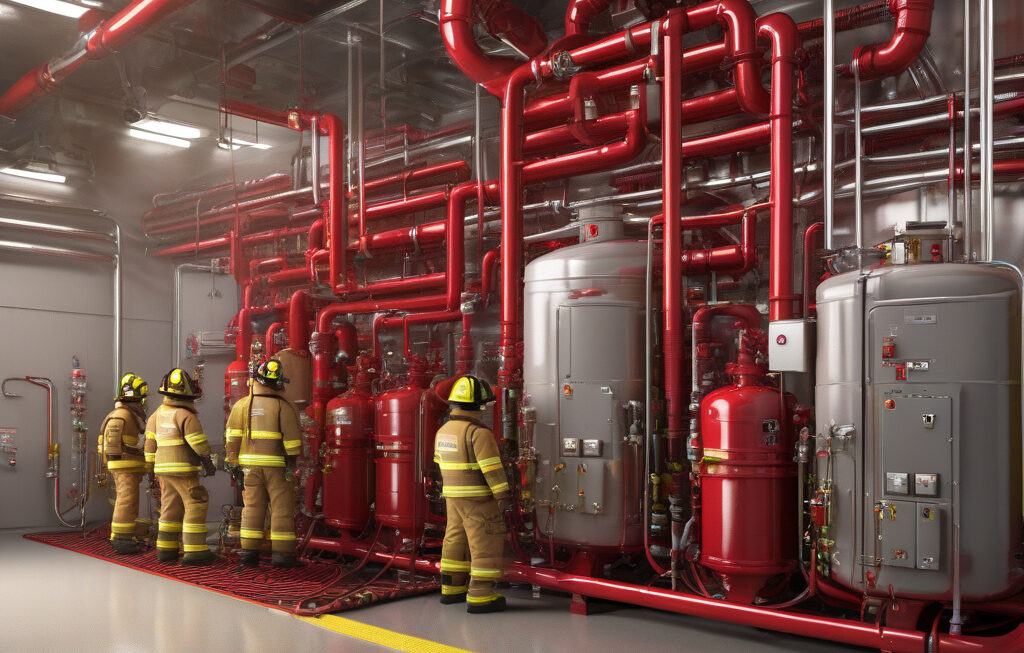FIA Releases Updated Guidance on PFAS in Firefighting Foams
The Fire Industry Association (FIA) has recently released updated guidance concerning PFAS (per- and polyfluoroalkyl substances) in firefighting foams. This development includes crucial updates on the restrictions imposed by the United Kingdom (UK) and the European Union (EU) regarding the use of these chemicals in firefighting practices.
PFAS are a group of human-made chemicals used in a variety of industries for their water and grease-resistant properties. However, their persistent nature in the environment and potential health risks have raised significant concerns globally. In the firefighting sector, PFAS-containing foams have been traditionally utilized to extinguish flammable liquid fires effectively. Still, the adverse environmental impact has prompted regulatory bodies to reassess their usage.
The updated guidance from the FIA aims to provide clarity on the safe handling and disposal of firefighting foams containing PFAS. It emphasizes the importance of adhering to the latest regulations to minimize environmental contamination and protect public health. By staying informed and implementing best practices, firefighting professionals can mitigate the risks associated with PFAS exposure while effectively managing fire emergencies.
According to the FIA’s recommendations, firefighting organizations should transition to PFAS-free foams wherever possible to align with the evolving regulatory landscape. While the phase-out process may require initial investments in alternative foam technologies, the long-term benefits in terms of environmental sustainability and regulatory compliance are substantial.
The UK and EU restrictions on PFAS in firefighting foams underscore a broader shift towards sustainable and environmentally conscious firefighting practices. By embracing innovative solutions and adopting proactive measures, the industry can reduce its ecological footprint and contribute to global efforts in combating pollution and climate change.
In conclusion, the FIA’s updated guidance serves as a vital resource for firefighting professionals navigating the complex landscape of PFAS regulations. By prioritizing safety, sustainability, and regulatory compliance, organizations can uphold their commitment to protecting both people and the planet. As the firefighting industry continues to evolve, staying informed and adaptable is key to ensuring a safer and more sustainable future.
#FIA #PFAS #FirefightingFoams #RegulatoryCompliance #EnvironmentalSustainability











